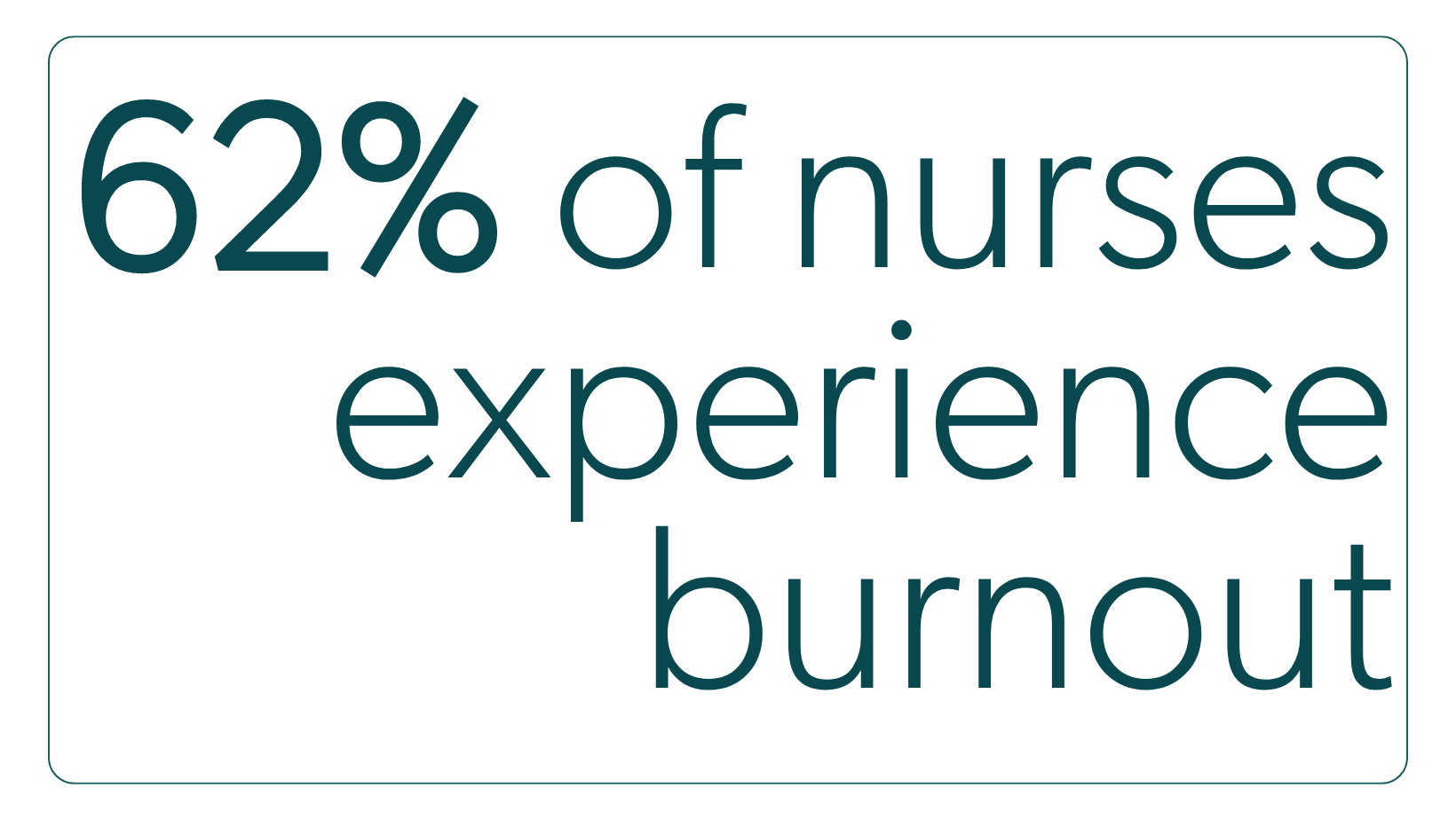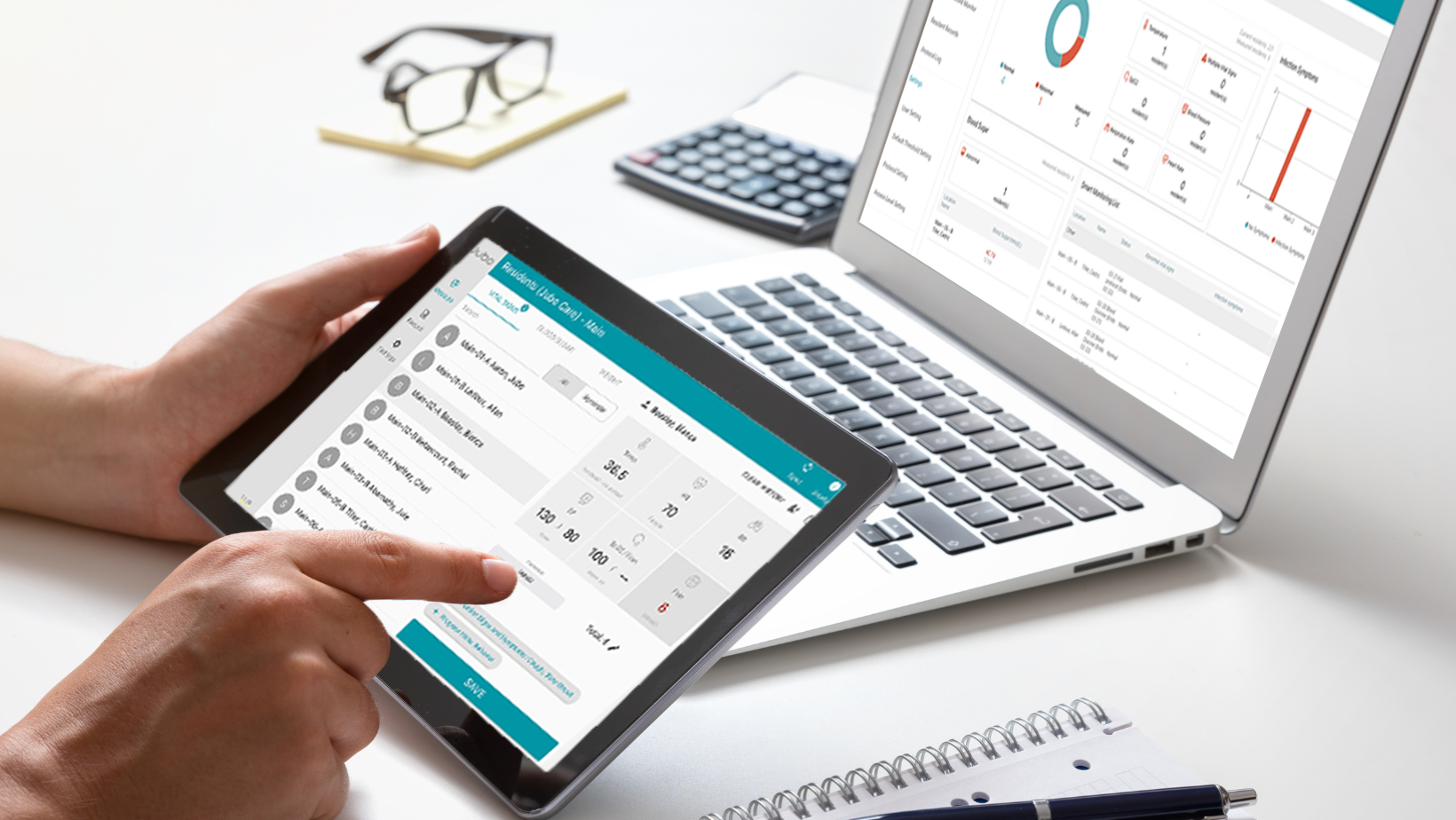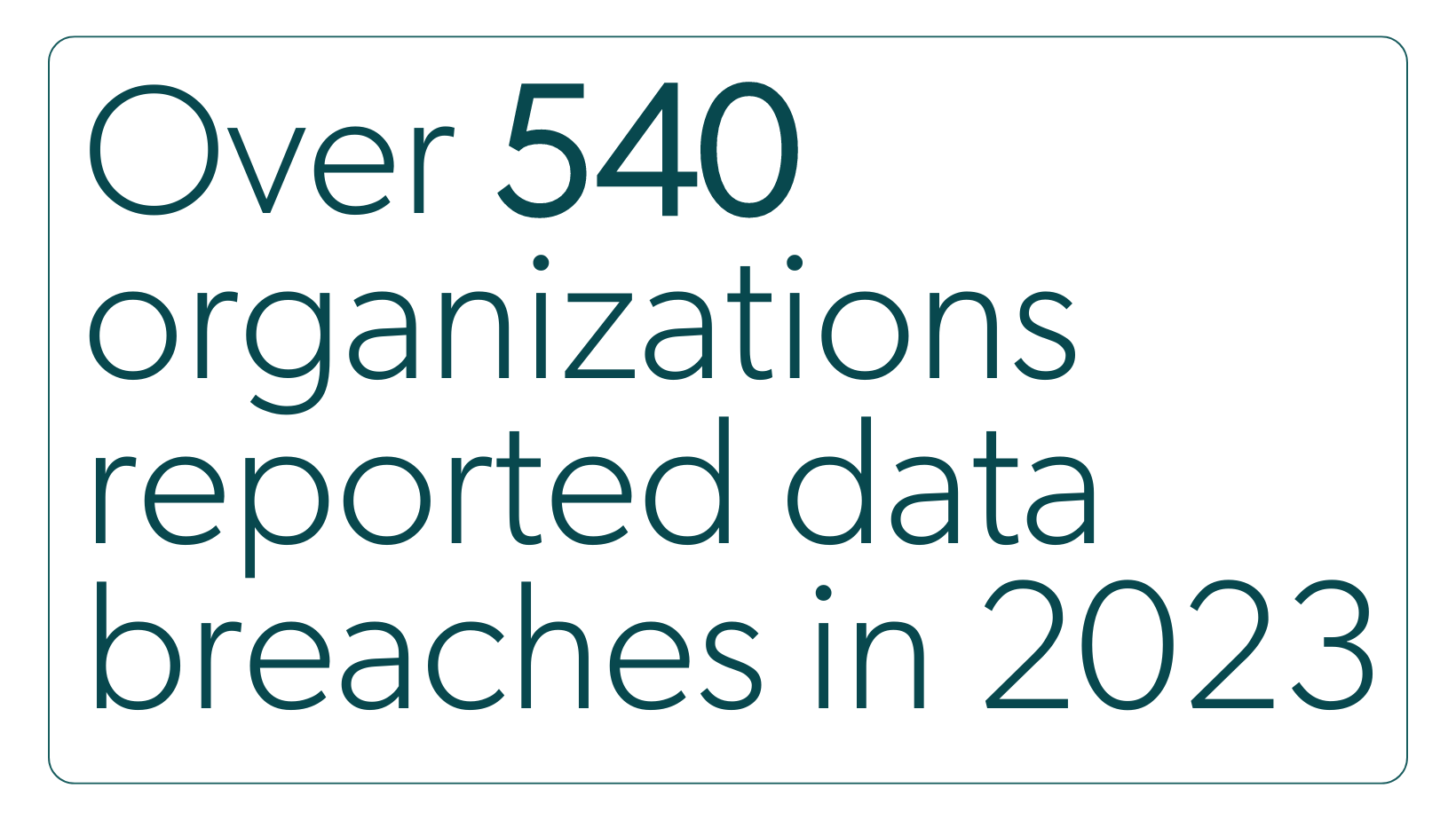Vital sign documentation management is an ongoing challenge for senior care facilities, compounded by challenges such as nurse burnout and staffing shortages. Despite these difficulties, it’s critical to streamline documentation to optimize your facility’s operations and provide the best possible resident care.
It’s impossible to overstate the importance of vital sign records. After all, vitals data sheds light on your residents’ ongoing health status, tips staff off to health deterioration, and informs your care plans and interventions. This information may also be used to back up your treatment efforts should they come under fire.
Without streamlined documentation, your facility could be in line for compliance issues and avoidable errors that result in negative resident health outcomes.
Thankfully, there are several industry best practices to help senior care managers overcome documentation issues and step into excellence. In this article, we’ll outline some of the most important best practices, from nurse staff training to information security. By the end of the article, you’ll have a strategic roadmap to get your nursing facility in a much better spot.
 1. Employ digital vital sign documentation tools
1. Employ digital vital sign documentation tools
The days of scribbling vitals on scrap paper and filing them away are long gone. Privacy, security, accuracy, and efficiency are all paramount in today’s healthcare landscape. And that means a lot more goes into vital sign monitoring and documentation. It now includes collecting vitals data, loading it into the EHR system, compiling and analyzing the data for quality improvement, and more.
Digital vital sign documentation tools help to streamline these functions in a big way. Here are a few options to consider:
Electronic Health Records (EHR) systems
EHR systems are designed to store massive amounts of resident data, including vital signs, prescriptions, emergency contact information, and more. The best EHRs have tools and features designed specifically for vital sign documentation, including alerts and reminders. Benefits of such systems include:
- Reduced medication errors.
- Improved adverse incident reporting.
- Fewer urinary tract infections among residents.
- Increased resident immunization rates.
Vital sign documentation software
Vital sign documentation software is catching on as a valuable tool for nursing facilities. It helps to save clinical staff time on documentation and administrative tasks, promote data accuracy, bolster information security, and more. Some solutions work in conjunction with Bluetooth technology to further simplify vitals management. And VitalLink is one of the absolute best. Here are some of the features you’ll enjoy with this software:
- Instant syncing of vital sign information from Bluetooth devices to the VitalLink application.
- Staff can then make additional changes to the software as needed and send the finalized records to their EHR systems.
- This feature eliminates much of the manual data entry associated with vital sign documentation, reducing human error.
- Reminders to help your staff stay on track with the vitals monitoring schedule, ensuring that measurements aren’t missed.
- Security that you can count on. The software is compliant with the Health Insurance Portability and Accountability Act (HIPAA), the Personal Information and Protection Act (PIPA), and the Personal Information Protection and Electronic Documents Act (PIPEDA).
- Painless integration into your current EHR system.
- User-friendly interface that’s easy to navigate and update.
Learn more about VitalLink here.
Mobile apps
Mobile apps that allow you to collect and manage vitals on the go can ease the vitals documentation struggle at your facility. These apps may help record and track information on a tablet or smartphone. You'll appreciate tools like these whenever you need to care for your residents in a remote setting.
Learn more about healthcare technology for SNFs in this article.
 2. Train your nursing staff on documentation procedures
2. Train your nursing staff on documentation procedures
All clinical professionals and paraprofessionals have undergone some degree of basic training to achieve their credentials. However, there will always be variations in software tools, facility-specific protocols, and more.
Plus, over time, some staff members may become rusty in one area or another. Hence, the best practice of ongoing documentation training.
Some facility managers may believe that sending internal reminders or delivering off-the-cuff corrections might be sufficient. Though measures like these may help, they’re not a substitute for full training on the most important aspects of vitals documentation.
Training may come in many forms, including online learning, workshops, shadowing, and mentoring. You can choose one or more training modes according to your management style and your nurses’ training needs. Here are some topics to be sure to include in a basic nurse documentation training session/initiative:
- Facility-specific workflows and protocols: Ensure the nurses receive a rundown or refresher of the guidelines and procedures specific to your nursing facility. This will encompass vital sign monitoring techniques, documentation procedures, reporting procedures, frequency and timing of vital sign checks, and more.
- Software and Tools: As your facility’s needs change and you update your systems, if you’re not giving appropriate refreshers, you could be up against some costly mistakes. Taking the time to train your staff on digital documentation tools reduces the risk of errors and helps to streamline the documentation process.
- Compliance Awareness: One of the biggest problems nursing facilities face is compliance issues. Your facility handles sensitive documentation, which should be handled with local and federal compliance rules in mind. Touch on state regulations, federal regulations, and the consequences of non-compliance throughout your documentation training. Doing so will help you achieve regulatory compliance, staving off penalties, fines, and facility decline.
In addition to ensuring nurses can effectively handle documentation, provided thorough documentation training can make them feel better supported and empowered to do their best work. Learn how to boost nursing staff empowerment here.
 3. Always keep documentation safe and secure
3. Always keep documentation safe and secure
The safety and security of sensitive information are of prime importance in senior care facilities. Criminals are actively targeting your residents’ information, posing an ongoing data breach threat. So, it’s critical to take action to protect all your data.
There are a few best practices administrators do to keep nursing home documentation safe:
- Protect physical documents. All paper documents should be stored in a secure space away from main areas. Lock them in cabinets that only authorized personnel can gain access to. We recommend that you scan documents into a secure electronic system whenever possible.
- Ensure digital security. Any electronic records should be protected with secure passwords that are hard for others to guess. In addition to that, ensure that all of your programs are adequately updated. Conducting regular security audits can also help identify areas for improvement.
- Train your staff on documentation safety and security. Some of the tenets of data security may seem to be common sense concepts. But it never hurts to ensure that everyone’s up to date on the best practices. Hold a training session for your staff as a refresher or full-on course to focus on how to protect physical and digital information from unauthorized access, how to identify breaches, and what to do in the event of a breach.
- Do regular data backups to ensure that data isn’t lost. Backed-up information should be stored off-site in a secure location (whether digital or physical).
 4. Examine vital sign data for insights
4. Examine vital sign data for insights
The final best practice we’ll highlight in this article is to examine the data. Taking vital sign measurements at face value is a missed opportunity. For the best results, you need to access the data's true potential. If you’re intentional with data analysis, you can glean some seriously beneficial information.
Health trends for individual residents
By individually examining each resident’s vital sign data, you can proactively detect health deterioration, gauge treatment effectiveness, and craft more effective chronic disease management plans.
Be sure to work with your clinicians to craft an intervention plan and procedure for abnormal vital signs. Having such a plan in place is ideal to ensure consistency and effectiveness.
Health trends for the facility
Regular analysis of facility-wide vital sign data can help inform goals and opportunities for improvement. You can identify the need for staffing changes, determine how well you’re doing with quality improvement initiatives, and monitor and detect infectious diseases.
Operational efficiency
Vital sign data can also help bolster your operational efficiency initiatives. You can fine-tune your workflows and processes to best meet your resident’s needs with the information from your vital sign data analyses.
For instance, if the data tells you that a certain medication is producing unwanted side effects or reactions in many residents, you can try updating your protocols in this area.
In addition, by measuring your vital sign results against your goals, you might find that you’re unable to meet your vital sign measurement frequency with the current staff volume. This might prompt you to delegate resources to hiring more staff.
So, there you have it — how to streamline nursing home documentation for the good of your senior care facility. We hope that the best practices we’ve shared above will help bring you one step closer to your documentation goals!
 1. Employ digital vital sign documentation tools
1. Employ digital vital sign documentation tools 2. Train your nursing staff on documentation procedures
2. Train your nursing staff on documentation procedures 3. Always keep documentation safe and secure
3. Always keep documentation safe and secure 4. Examine vital sign data for insights
4. Examine vital sign data for insights